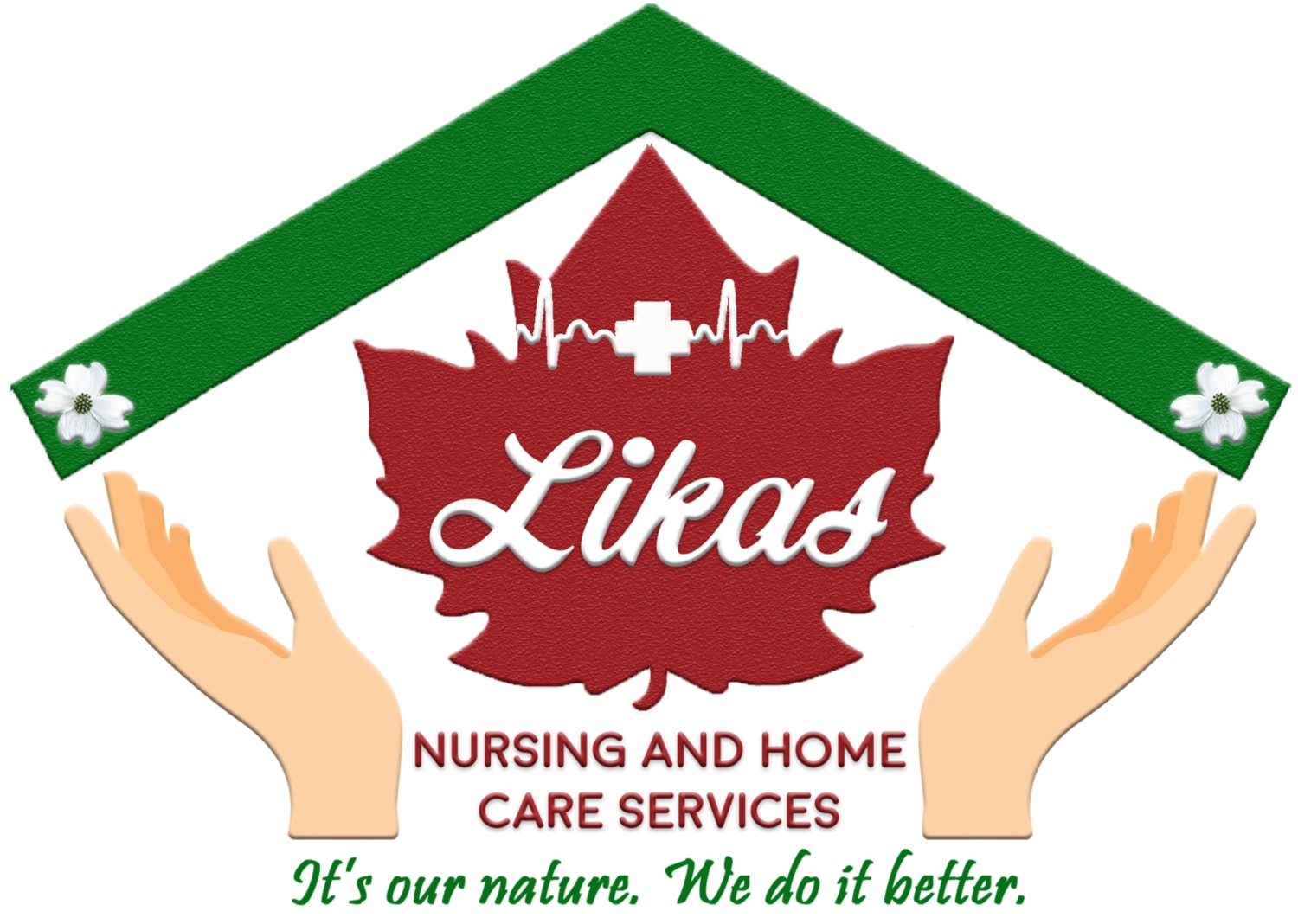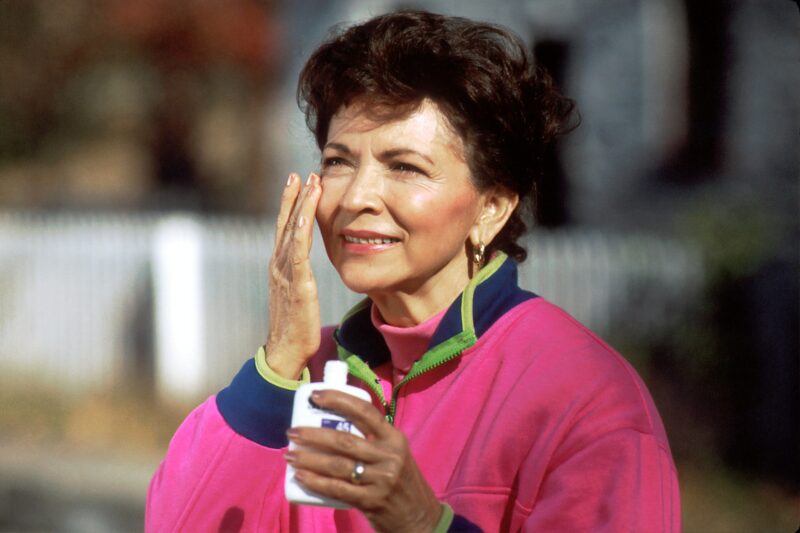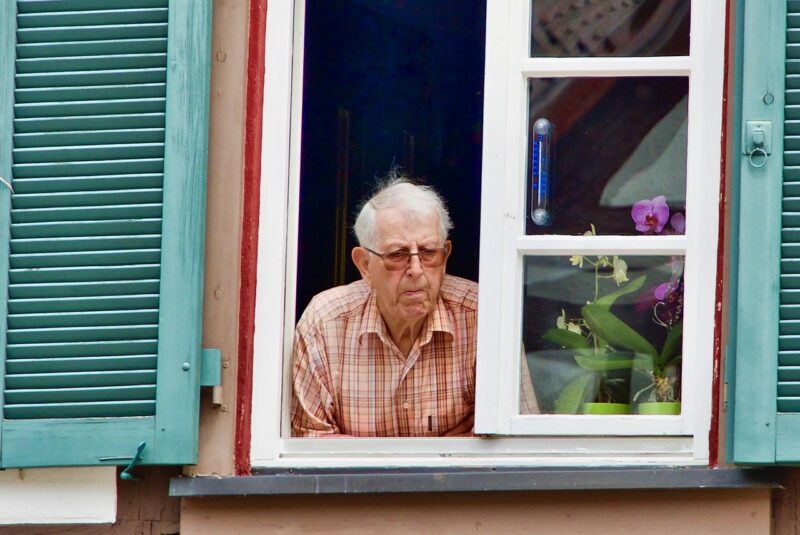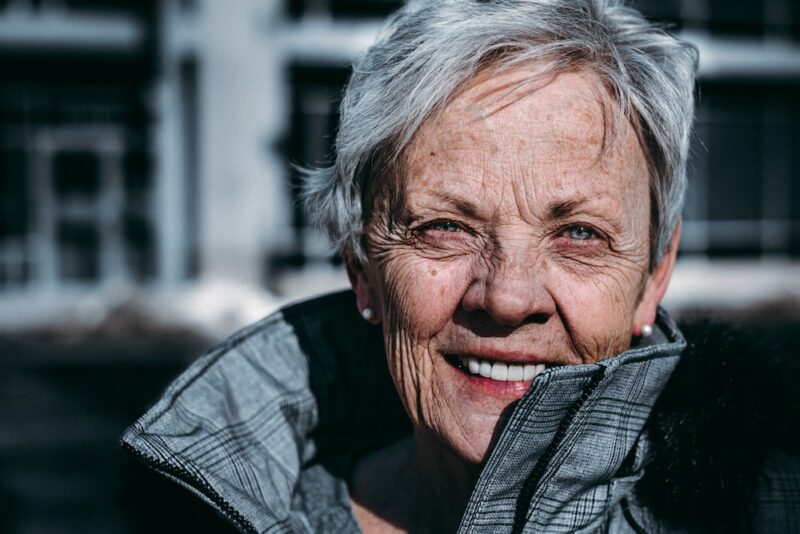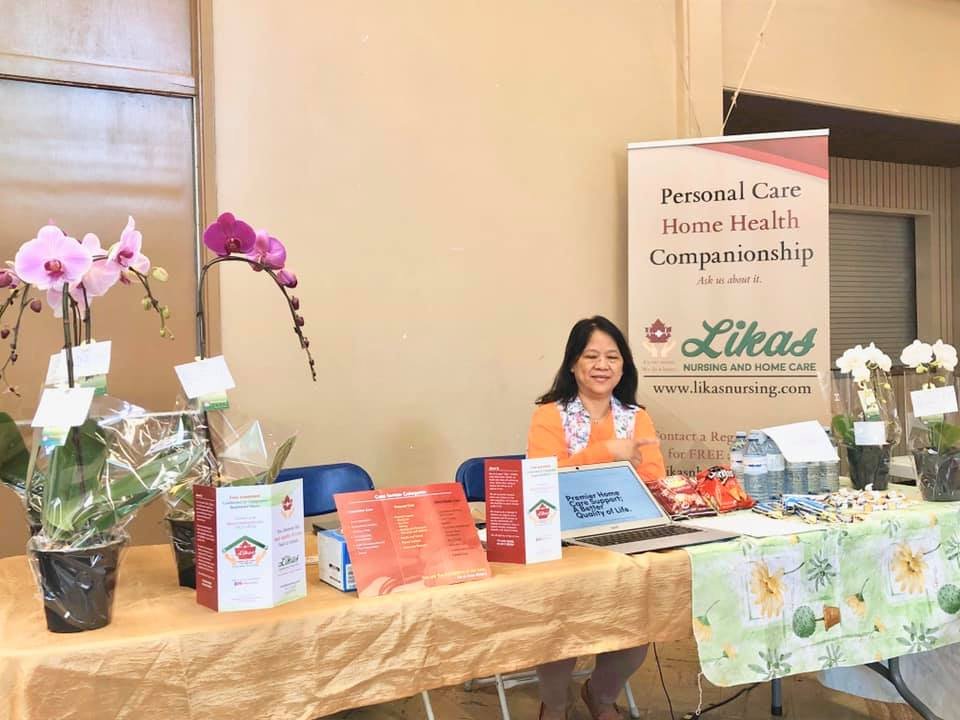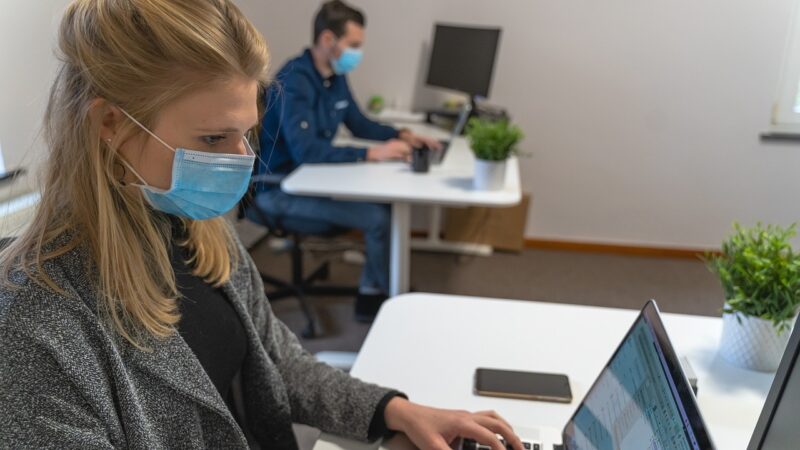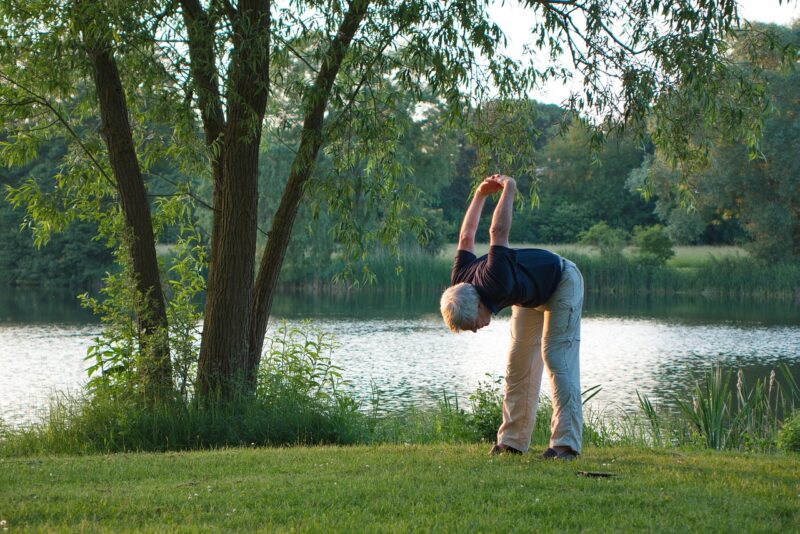Stopping the Clock on Skin Aging
We all age and expect skin changes with the years, but these can be accelerated by environmental and lifestyle factors. Skin aging can be described by the appearance of wrinkles, age spots, dryness, loss of skin tone and elasticity (sagging), and discoloration. Hair is also affected by hair loss and graying.
